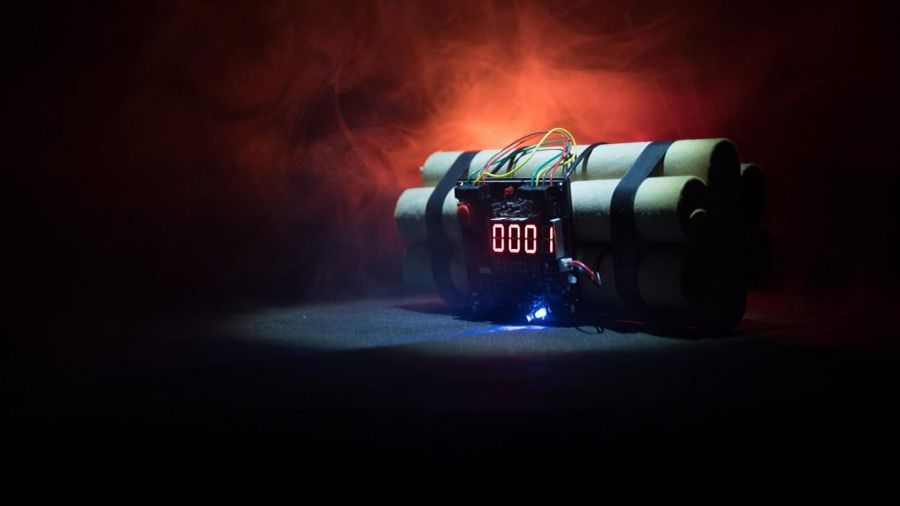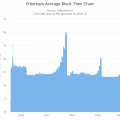Article Reading Time:
2 minutes.

On the eve of the launch of the ETH 2.0 upgrade and the transition to the PoS algorithm, the Ethereum development team again postponed the launch of the so-called difficulty bomb to make sure that it works correctly.
The lead developer of the Ethereum team, Tim Beiko, said on Twitter that they discussed the situation with the project on Friday and decided to postpone the activation once again:
"We've already spent a lot of time preparing and we want to make sure that all the data is verified – before choosing a date to launch a complexity bomb.We intend to activate the bombshell within the next two months in time to have time to launch the update at the end of June."
The developer recalled that the update thatcalled "Difficulty Bomb", will allow the team to increase the difficulty of Ethereum mining after the ETH 2.0 update. Once activated, the difficulty bomb will significantly increase the difficulty of mining via PoW consensus, making it impossible to mine a new block on the blockchain.
Beiko is confident that the delay will allowdevelopers to "focus on the merger" where the current Ethereum mainnet will merge with the proof-of-stake (PoS) algorithm's beacon chain system. Beiko's colleague and lead Ethereum developer Ben Edgington expressed hope that the difficulty bomb delay will not affect The Merge:
“We maintain that this will not delay the merger. I sincerely hope not. The implementation of The Merge should occur before mid-August 2022.”
Ethereum developers have not yet determined the dateThe Merge. In early April, after the end of the first shadow fork of the Ethereum main network, Beiko announced that the merger would not be completed in June:
“It won’t be June, but two months later. There is no exact date yet, but we are definitely in the final phase of launching Ethereum 2.0.”
At the beginning of the month, developersEthereum announced the successful transition of the Ropsten test network to the Proof-of-Stake consensus algorithm. Now it is not miners who are responsible for confirming transactions, but validators.





